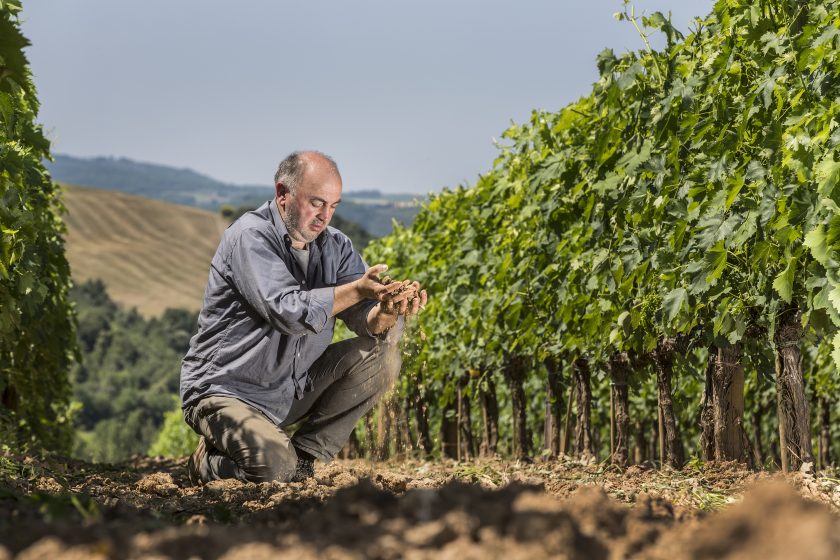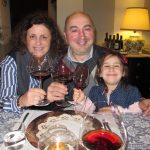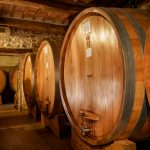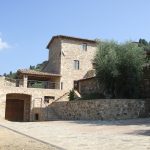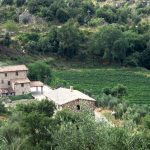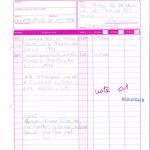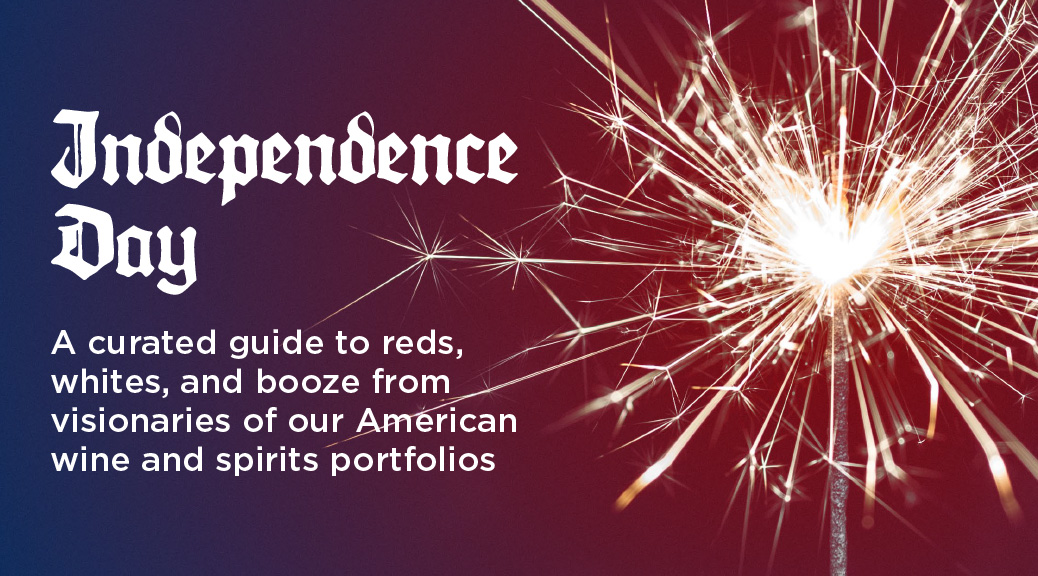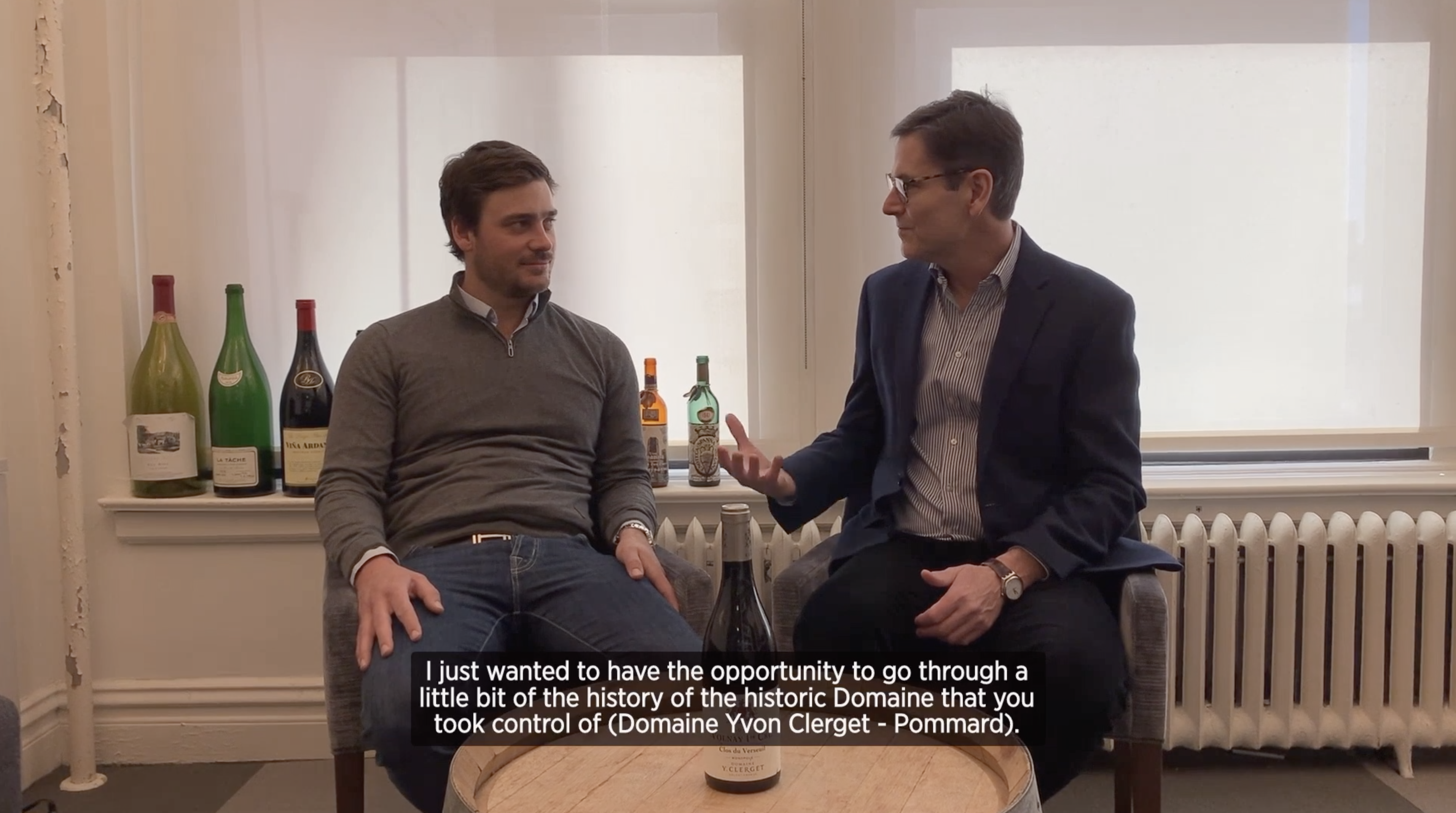Pictured above: Andrea Cortonesi of Uccelliera
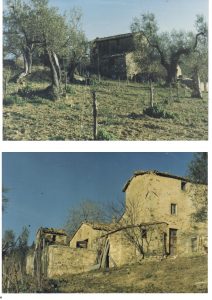
The first vintage of Uccelliera Brunello may have been 1991, but the roots of Andrea Cortonesi run much deeper into both time and terroir in Montalcino. His family, as long as can be remembered, were sharecropping farmers in Castelnuovo dell’Abate, the tiny hamlet surrounding the medieval abbey of Sant’Antimo in the southeastern part of the appellation. They worked the fields, vineyards, and olive groves long before the boom of Brunello was heard around the world.
Most of us know Montalcino now only as this lauded territory, the source of Italy’s most desired Sangiovese wines, and certainly its most expensive. So it’s extremely striking to think that in 1986 when Andrea Cortonesi purchased the Uccelliera farm, his family had only left sharecropping behind three years earlier. There were just 60 estates bottling Brunello in the mid-1980s—compared to over 200 today—and Andrea had worked at many of them.
“Observe, listen to, and accompany nature,” was Angelo Cotonesi’s advice for his son. But Andrea applied this motto to more than just agriculture. Giuseppe Bianchini, the caretaker and eventual owner of Ciacci Piccolomini d’Aragona, saw talent in young Andrea and put him to work on his crew that helped to create many of the now-famous estates in Castelnuovo. In fact, Andrea remembers the first vineyard he planted on this team in 1978 for what would eventually become Poggio di Sotto, but there were many others.
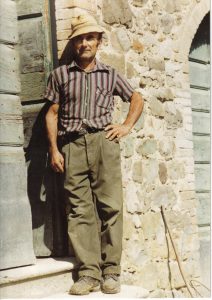
Andrea, always the farmer-philosopher, reminded me that normally each vigneron has one opportunity per year to do his best, but as a part of this group tending to many estates, he had the fortune of gaining decades-worth of experience in just a few years. And while Andrea got his start working the vineyards, soon his passion for the subject matter brought him into the cantina, where he learned his winemaking skills by collaborating with true giants of Sangiovese: Giulio Gambelli, Roberto Cipresso, Maurizio Castelli, Alberto Antonini, and Attilio Pagli, just to name a few. To this day he recalls with incredulity how Gambelli could taste a wine and instantly tell you what was normally revealed by a detailed chemical analysis from a laboratory!
And those estates Andrea helped to create? Beyond Poggio di Sotto, there’s La Torre, Poggio degli Ulivi, Mastrojanni, Tenuta di Sesta and Collosorbo, Sesta di Sopra, Podere Salicutti, and of course Ciacci Piccolomini d’Aragona, where he was cellar master until 1990. Here, Andrea was on the team that made both the great 1988 and 1990 vintages which caught the attention of journalists and launched Ciacci onto the world stage.
Andrea’s own first vineyards took root in 1987, and by 1998 he was able to dedicated himself full time to Uccelliera. Word of this tiny estate with an outsized experience in Montalcino spread quickly, and the term cult-Brunello was applied almost immediately.
This year marks over 28 years of collaboration between the Skurnik & Uccelliera families, and we look forward to at least that many more!
Press & Vintage Notes from Andrea Cortonesi
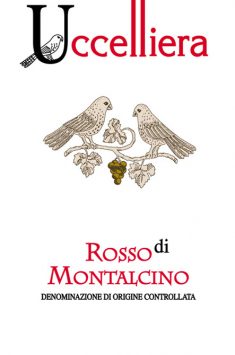
“2017 was no ordinary vintage,” Andrea says…
Generally speaking, the PH is higher, with lower acidity, and this gives a soft, rich wine. The fruit is dark and rich. It’s incredibly enticing in the glass.
PRESS:
However, don’t underestimate the wine’s structure, because you do feel those integrated tannins at the back. The fruit is cheerful and bright.91 Points, Monica Larner, Wine Advocate
TECH NOTES: The grapes fermented for 28 days on the skins, including a cold maceration at the outset that lasted one week. Fermentation is spontaneous: since 2003 Andrea has eschewed selected yeasts, and this he believes helps the wine show their terroir. Malolactic fermentation is then achieved in stainless steel by warming up the cantina.
Typically, then the Rosso would spend 8 months between small French oak and large Slavonian cask, but in order to maintain the freshness of the 2017, about a third stayed in stainless steel. Roughly 2000 cases were produced.
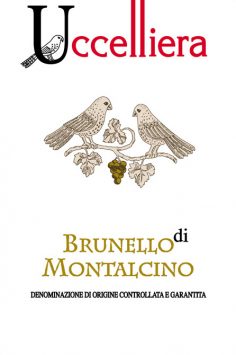
The wines are elegant and express the terroir of Montalcino in a classic way.
PRESS:
The wine is redolent of dark fruit, spice, balsam herb, licorice and pressed flowers. You get loads of variety character.94 Points, Monica Larner, Wine Advocate

2014 plays testimony to the difficult climate of the year, but it has an incredible elegance and finesse. It’s the Burgundian side of Montalcino!
PRESS:
The vintage conditions in 2014 hold the wine back just a tad, and that restraint is welcome. From one of my absolute favorite Brunello producers, this wine is elegant and fine with bright fruit tones followed by sour cherry, licorice and dried rose bud.93+ Points, Monica Larner, Wine Advocate
TECH NOTES: The grapes fermented for 22 days, and then aged mostly in large Slavonian botti, no new oak was employed. 900 cases total production.

TECH NOTES: The grapes fermented for 30 days on the skins, including a cold maceration of about a week. Malolactic was then completed in stainless steel, and in January 2016 the wine went into oak.
Andrea uses a mixture of large Slavonian botti and French barriques, only a few of which are renewed each year. 2,300 cases were produced.
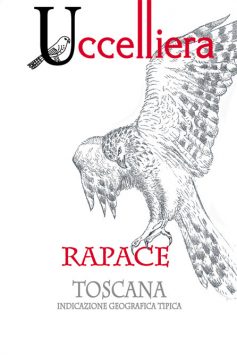
RAPACE 2016
“2016?” Andrea said, clearly happy to get the question.
He chuckled when I asked the inspiration for the wine…
At the time, he was still collaborating with Mastrojanni, who lent him some Cabernet and Merlot, and Rapace was born.
PRESS:
The wine shows bright acidity with more than enough rich fruit to bolster that freshness… This is an outstanding value buy.94 Points, Monica Larner, Wine Advocate
TECH NOTES: Alcoholic and malolactic fermentation and are in stainless steel, and then the wine is aged in oak. It’s always in French barrique, not all of it new, for 18 months. 70% sangiovese, mostly from Montalcino vineyards, but with some from the Le Spine vineyard across the Orcia river in Montenero, with 20% Merlot and 10% Cabernet from Montalcino vineyards. 950 cases produced annually.




